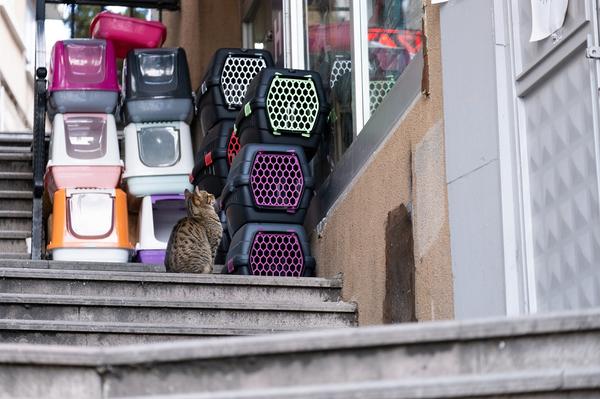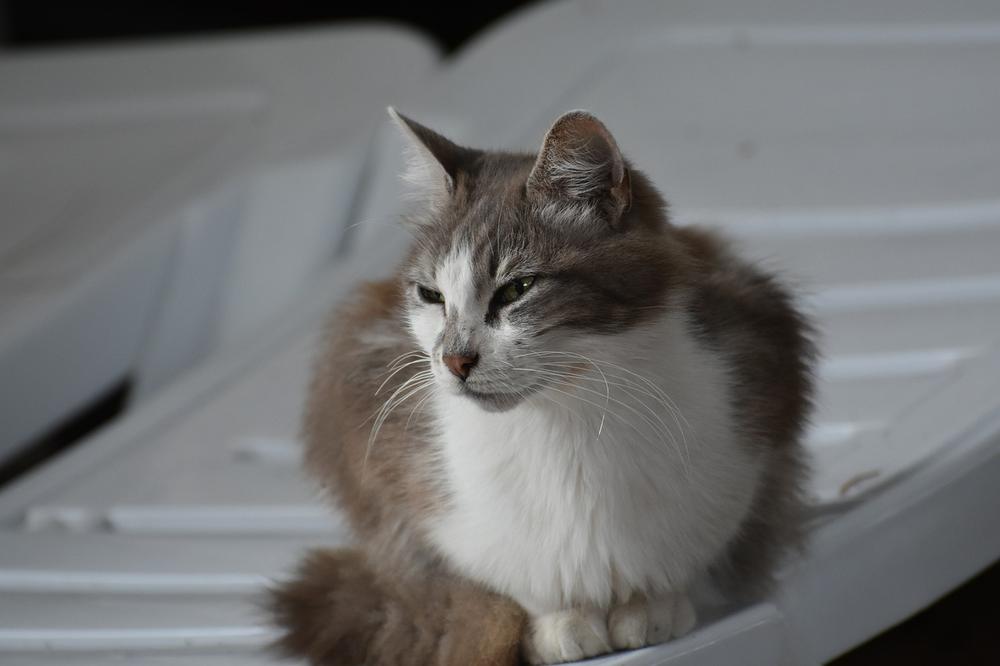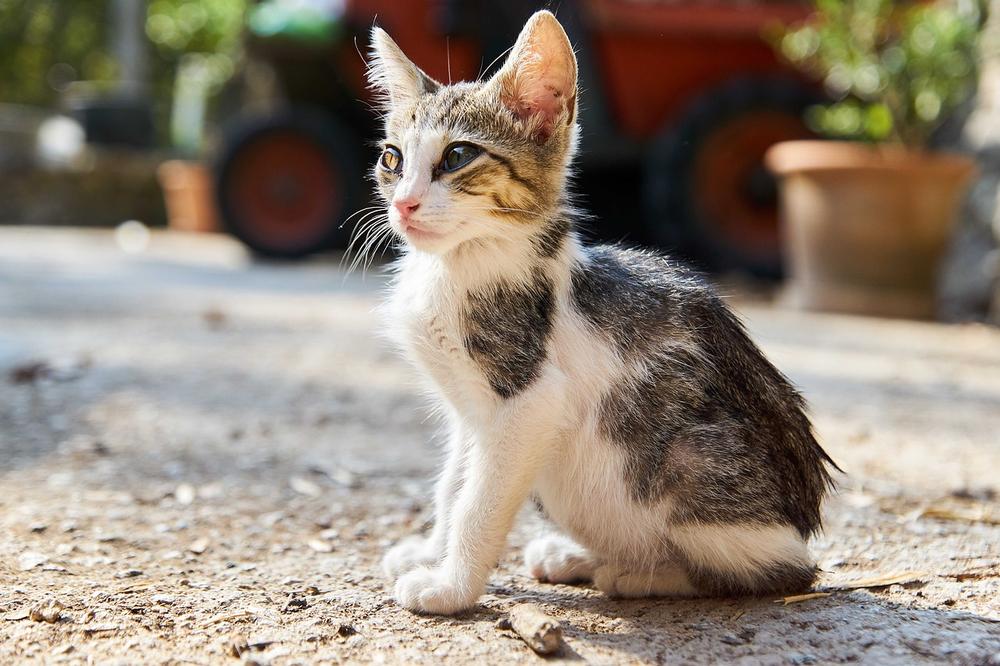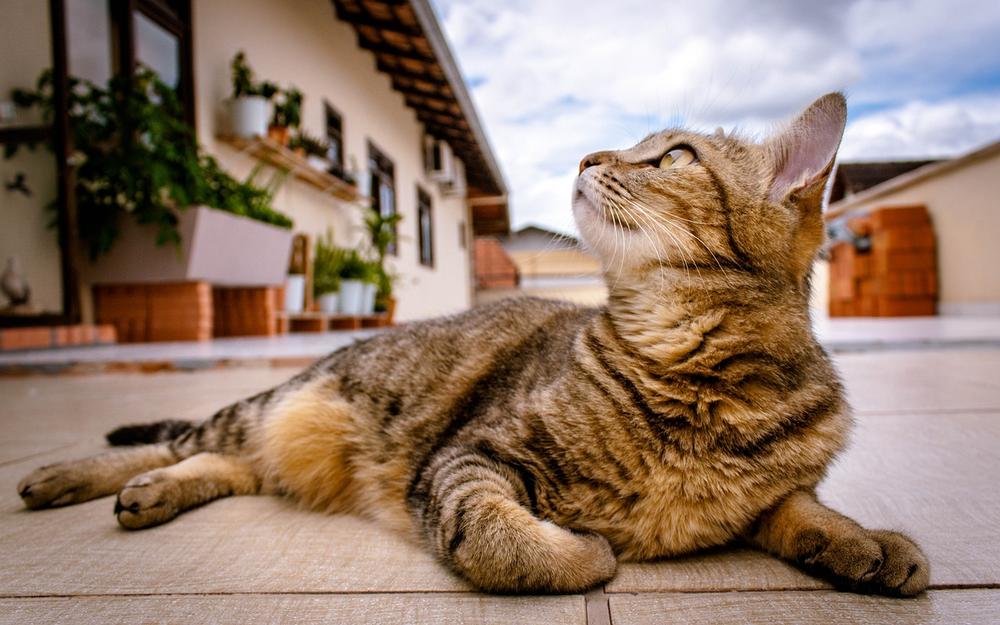Wondering How Many Litter Boxes Do I Need Per Cat? Read This

Finding the ideal number of litter boxes per cat can be a real head-scratcher, can't it?
You're not alone in your concerns about providing your feline friend with enough potty options 😺.
Ever catch yourself pondering, "Am I meeting their lavatorial needs?"
Well, worry no more!
Let's dive into this litter box labyrinth together and uncover the answer once and for all.
Ready?
Let's get litter-ary!
The Importance of Multiple Litter Boxes for Cats
Providing multiple litter boxes for cats is crucial as it allows them to mark their territory and reduces the chances of fights. It also gives cats the freedom to choose their preferred litter box and saves money and effort on cleaning.
Having a multitude of litter boxes can truly make a difference in the life of your cats. I know this from personal experience, so you can trust me when I say that it's important.
Here's why:
Cats have a strong desire to mark their territory, and if you only have one litter box, it can lead to some serious cat drama – fights, scuffles, and all that fun stuff.
Obviously, that's not what you want, right?
To ensure things go smoothly, you should aim for one litter box per cat, plus an extra one.
It may sound simple, but it's crucial for maintaining cleanliness, harmony, and all in all happiness for your feline friends.
Let me break it down further for you:
Not every cat is going to prefer using the same litter box every time.
Just like humans, they have preferences. By providing them with options, you're putting them in control of their own business. And let's be real, isn't choice what life is all about?
Having multiple litter boxes also has financial benefits, as it saves you money and reduces clean-up efforts.
After all, who wants to spend their day scooping litter boxes?
That's definitely not my idea of fun, and I'm guessing it's not yours either.

But here's another valuable piece of advice:
If you have more than one cat living in your house, it becomes even more vital to have multiple litter boxes.
This way, each cat has their own designated space, preventing any territorial issues or bullying. We all know how nosy and rowdy these kitties can be, don't we?
However, hold your horses!
If your cat consistently avoids using the litter box, it could indicate a more serious issue. It might be a sign of an underlying illness, so don't hesitate to take them to the vet. In conclusion, my dear readers, having multiple litter boxes is absolutely fantastic.
It keeps everyone happy, prevents catfights, and ensures a cleaner, more harmonious home.
So go ahead, give your furry pals the luxury they deserve – an assortment of litter boxes to choose from. You can trust me on this one, as I've seen the difference it makes in their lives firsthand.
They'll definitely thank you for it.
And let me tell you, I've got just the solution for you.
If you want to avoid any messy potty accidents and ensure that your cat's litter box is set up properly, look no further.
I highly recommend checking out my article How to Set Up Your Cats Litter Box.
You'll find all the tips and guidance you need to create the perfect feline oasis and prevent any litter box woes.
Trust me, it's a must-read for all cat owners.
Optimal Placement for Multiple Cat Litter Boxes
When it comes to your cats' litter boxes, here are some tips for you:
- Choose quieter areas: Pick spots away from busy areas and loud noises to avoid scaring or upsetting your cats while they do their business.
- Follow their lead: See where your cats like to hang out most and place the litter boxes there. They'll appreciate having them nearby.
- Avoid stairs and noisy spots: Staircases can make cats anxious about using the litter box, and noisy areas might make them hesitant too.
- Watch out for dominance issues: If you have multiple cats, putting the litter boxes together could lead to one cat dominating and not letting others use them.
- Find the perfect spot: From the beginning, choose a location for the litter boxes that won't confuse your cats. Save yourself the trouble later on.
- Multiple levels, multiple boxes: If your home has more than one floor, consider having a litter box on each level. It makes life easier for your cats.
- Separate locations: Keep two litter boxes in different places. This way, no single cat can control both of them. Give everyone a fair chance.
- Safety matters: Put the litter boxes in safe spots where all your cats feel comfortable. Keep them separate from food and water bowls.
When you stay mindful of these factors, you can create a comfortable and functional area suitable for your cats' litter boxes. 😺

And now let's move on to the next important aspect of providing an ideal litter box experience for your cats...
Choosing the right litter box that suits their individual needs and preferences...
The Best Types of Litter Boxes for Your Cat
When selecting a litter box for your feline companion, there are important factors to ponder.
The breed, personality, health, and age of your cat all play a role in finding the perfect fit.

Certain felines delight in open litter boxes, as they offer superior air circulation and enable them to maintain a watchful eye on their surroundings while doing their business. Therefore, you have to provide at least one accessible open litter box option for these discerning kitties.
In the event that your beloved pet does not take a liking to the chosen litter box, perhaps consider contributing it to worthy cat charities.
Finally, for utmost comfort, ensure a litter depth of approximately 2-3 inches.
How to Maintain Your Cat’s Litter Box
Here's how you keep your cat's litter box in check:
- Scoop that thing on the daily.
- Give it a real good scrub at least once a week.
- Warm water and mild dish soap will do the trick.
- Check if your furry friend has any medical issues messing with their litter habits.
- Make sure every litter box is clean and easy for your cat to get to.
- Skip those box liners—they ain't doing your cat's claws any favors.
- Toss out the old litter when necessary, depending on how many cats you have and what type of litter you're using.
- When you're not around, pass on the lowdown to your cat sitter so they know how to take care of business.
- Freshen things up by adding new litter often to lure your cat back in.
- Don't forget—dispose of waste responsibly and manage that trash properly.
You do all this, and bam!
You'll have a spick and span litter box, keeping your cat happy and hygienic.

And finally, if you're looking for even more tips and tricks on maintaining your cat's litter box, I highly recommend checking out my article How to Clean Litter Box.
In this comprehensive guide, I delve into various methods to keep your cat's litter box fresh, clean, and odor-free for a more enjoyable and hygienic home.
So, go ahead and give it a read to discover the secrets to a spick and span litter box!
How to Choose Between Covered and Uncovered Litter Boxes
When it comes to deciding between covered and uncovered litter boxes, there are a few things you should think about:
- Watch how your cat behaves: Take a good look at how your cat reacts to both types of litter boxes. Some cats might like the extra privacy of a covered box, while others might feel trapped or cramped.
- Try different boxes and litters: Give a few different litter boxes and litters a go to see which ones your cat prefers. This will help you figure out if they like covered or uncovered boxes more.
- Consider size: If your cat is on the larger side or enjoys open spaces, a covered litter box might not be the best fit. Make sure the opening is big enough for your cat to comfortably go inside.
- Control smells: To keep odors in check, sprinkle some baking soda in the litter box. It'll help soak up any unpleasant odors without bothering your cat.
- Listen to what your cat wants: In the end, whether you pick a covered or uncovered litter box should depend on what your individual cat likes. Pay attention to their behavior and make a choice that makes them the most comfortable.
What Type of Litter Should I Use?
When it comes to cat litter, you have a ton of choices.
First things first, cats are picky.
Some like clumping litter for easy clean-up, while others prefer crystal or pellet types.
Cats naturally gravitate towards fine-grained litters that resemble sand.
So, how do you figure out what your cat likes?
You need to experiment, just like when I was in college trying different beers and realizing IPAs weren't my thing.
Once you find a litter your cat enjoys, stick with it.

Cats love routine and sticking to what works best for them.
Here's an important tip:
Cats don't like scented litter or air fresheners.
Avoid them altogether. Nobody wants artificial perfumes ruining their bathroom experience, right?
Lastly, keep the litter depth around two inches.
That's the sweet spot for most cats.
In the end, the decision on which litter to use is up to your cat's preferences.
There are plenty of options available.
Find the one your furry friend loves, and everyone will be happy.
Wrap-up
Key takeaways for this section:
- Provide one litter box per cat, plus an additional one.
- Multiple litter boxes maintain cleanliness and prevent stress.
- Cats prefer different litter boxes, so offer various options.
- Multiple litter boxes save money and reduce clean-up frequency.
- Each cat should have their own litter box to prevent territorial problems.
- Insufficient litter box options can lead to negative cat behaviors.
- Seek veterinary attention if a cat consistently avoids the litter box.
- Place litter boxes where your cats spend their time and avoid noisy areas.
- Avoid placing litter boxes together to prevent dominance issues.
- Consider having a litter box on each level of a multi-level home.
- Place litter boxes in different areas of the home for all cats to feel safe.
- Keep litter boxes separate from food and water bowls.
- Choose a litter box based on accessibility and quality for your cat's needs.
- Clean each litter box daily, consider medical issues, and avoid box liners.
- Experiment with different types of litter boxes and litters.
And that wraps up today's article.
Before you leave, can I ask you a question? Did my blog post help you out? If it did, I would be enormously grateful if you shared it with your friends and family. Just click on any of the social media sharing icons to instantly spread the word. Thank you so much!
Talk soon,
-Sarah Davis